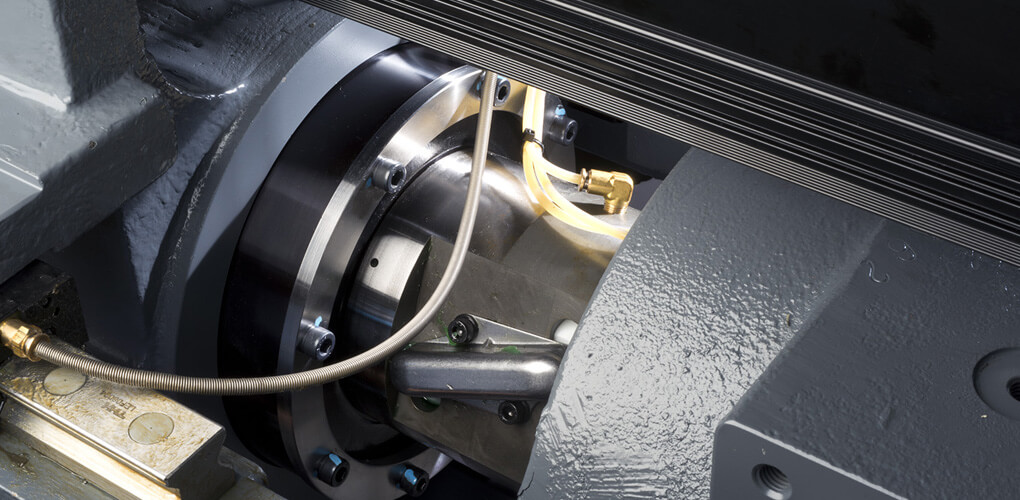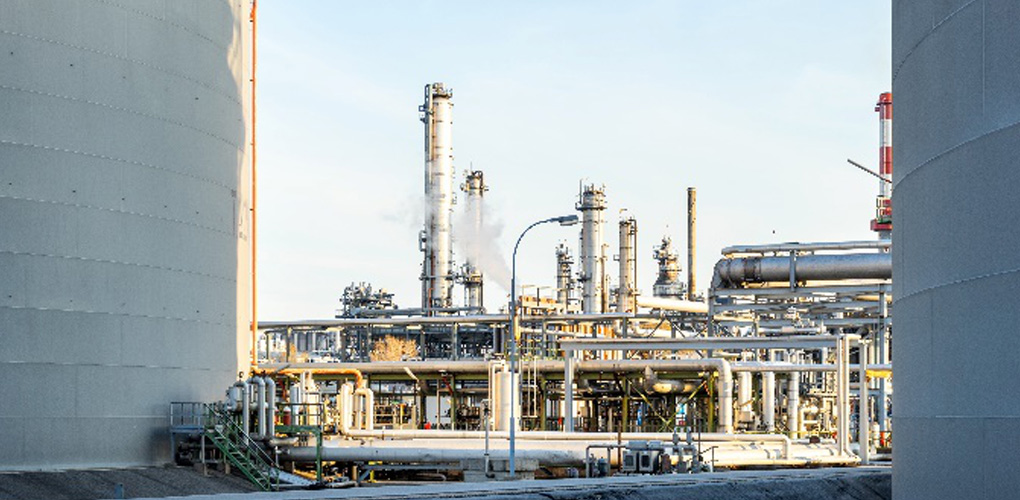Introduction to sensor accuracy indication
1. Basic indicators of pressure sensors
Pressure sensor accuracy index:
Zero position: Zero Output
Full Scale: Full Scan Abbreviation: FC
Sensitivity
Zero point output: Under indoor conditions, when the applied pressure is zero, the output value of the sensor is zero point output.
Full-scale output: the absolute value of the difference between the upper limit output value of the sensor and the lower output value of the sensor.
Sensitivity: The ratio of the increment of sensor output to the corresponding increment of input is sensitivity.
2. Pressure sensor accuracy index
Nonlinearity, repeatability, hysteresis, time drift, temperature drift, stability
Accuracy: commonly abbreviated as acc
1)Definition:
The degree of consistency between the measurement results of the tested sensor and the agreed true value is the accuracy.
It depends on the size of the systematic error band and the random error band. Systematic error refers to the error with constant size and direction in multiple measurements; random error refers to the error with uncertain size and direction in multiple measurements; errors that occur in only one measurement are usually regarded as random errors; while Instrument errors determined by only one calibration are considered systematic errors.
2) Three main indicators
nonlinear
Repeatability
Hysteresis
Nonlinearity: The degree to which the calibration curve deviates from a specified straight line is nonlinear.
Repeatability: The degree of agreement between the results of multiple consecutive measurements of the same measured object under all the following conditions: the same measurement method, the same observer, the same measuring instrument, the same location, the same conditions of use and repetition within a short period of time.
Hysteresis: The maximum difference in the output when the measured value increases and decreases at the same test point within the specified range.
Nonlinear characteristics:
 In practice, pressure and output values present complex nonlinear characteristics as shown above, rather than a completely linear relationship.
In practice, pressure and output values present complex nonlinear characteristics as shown above, rather than a completely linear relationship.
Linear calibration:
 Through linear calibration, the actual curve is closer to the best fitting straight line, achieving higher nonlinear accuracy.
Through linear calibration, the actual curve is closer to the best fitting straight line, achieving higher nonlinear accuracy.
Methods include: analog method calibration, digital multi-point calibration
3. Other indicators of pressure sensor
zero temperature coefficient
Full scale temperature coefficient
Time drift (short-term stability)
long term stability
Zero temperature coefficient: The ratio of the zero point changing with temperature changes under specified time intervals and indoor temperature conditions.
Full-scale temperature coefficient: The ratio of full-scale changes with temperature changes under specified time intervals and indoor temperature conditions.
Time drift (short-term stability): In a short period of time, the ratio of zero/full scale changes with time. (Generally refers to 8 or 24 hours, you can also customize the time, mvN *24h)
Long-term stability: In the long term, the ratio of zero/full scale changes with time. (Generally refers to 1 year, such as 0.1%FS year)
》》Learn more about: Pressure Sensors, Pressure Transmitters












